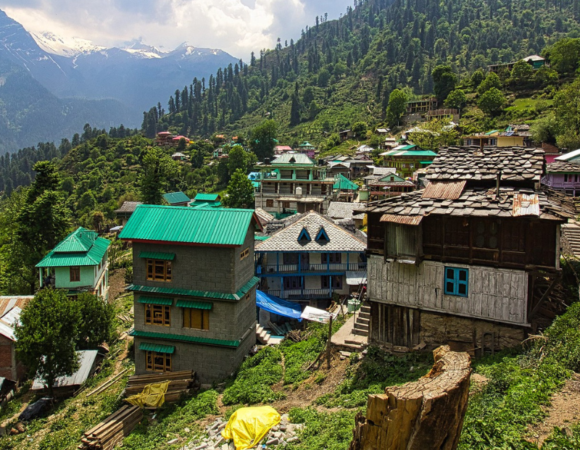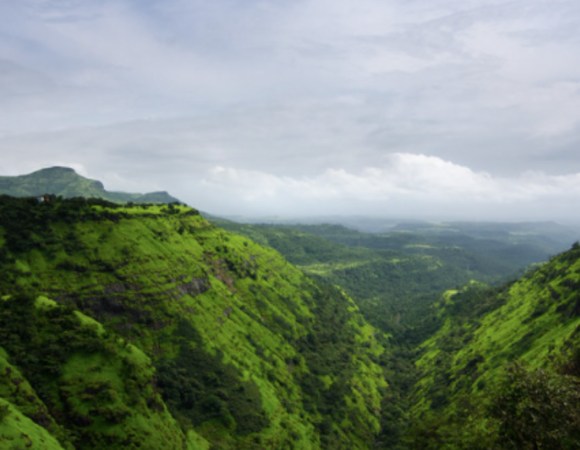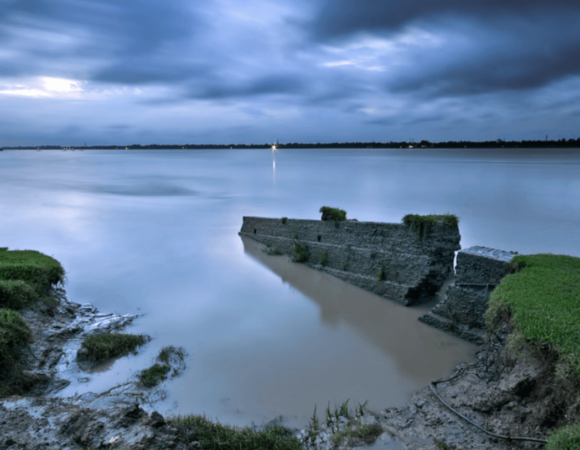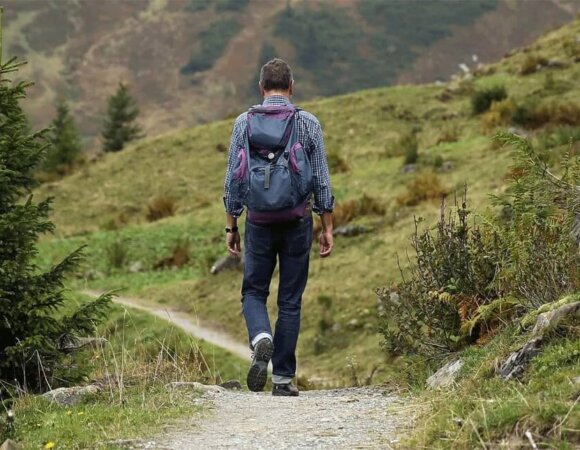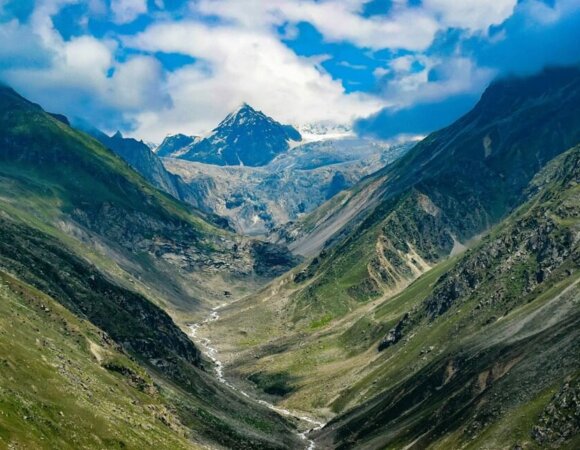Importance of BMI for Choosing a Right Trek
Table of Contents
ToggleBMI, or Body Mass Index, is a number calculated from your height and weight. It helps to assess if you’re underweight, normal weight, overweight, or obese. Although it doesn’t measure body fat directly, it gives a quick idea about whether your weight is in a healthy range based on your height.
Why BMI Matters for Trekkers
When trekking, carrying the right weight is important. If your Body Mass Index is too high or too low, it can affect your stamina, energy levels, and overall ability to handle tough terrain. Having a healthy BMI helps trekkers maintain the right balance of strength and endurance, making it easier to tackle long hikes and difficult trails. Understanding your BMI can help you prepare better and stay safe during your outdoor adventures.
Understanding BMI and its Role in Trekking
What is BMI and How is it Calculated?

Body Mass Index is a simple method to assess whether a person has a healthy weight in relation to their height. The formula for calculating BMI is:
BMI = Weight (kg) / Height (m²)
Where:
Weight is measured in kilograms (kg),
Height is measured in meters (m).
For example, if someone weighs 70 kg and is 1.75 meters tall, their BMI would be calculated as: BMI = 70 / (1.75 × 1.75) = 22.86
Once you have your Body Mass Index, you can interpret it based on the following categories:
Underweight: Below 18.5
Normal weight: Between 18.5 and 24.9
Overweight: Between 25 and 29.9
Obese: BMI 30 or higher
These categories give a general idea of how your weight compares to your height, but they don’t account for muscle mass, bone structure, or fat distribution, which can also affect overall health and fitness.
How BMI Reflects Physical Fitness for Trekkers
For trekkers, It is a useful indicator of whether they are carrying an ideal weight for physical performance.
Normal weight: Trekkers within the normal Body Mass Index range are generally able to maintain good energy levels, stamina, and agility on the trail. Being too light can also be problematic, as it may lead to weakness or low energy during long hikes.
Overweight or Obese: If your Body Mass Index falls in the overweight or obese category, you may carry excess weight, which can make hiking more difficult. Extra weight puts more strain on your joints, muscles, and cardiovascular system, leading to quicker fatigue and a higher risk of injury.
Underweight: While being underweight might make trekking feel easier in terms of carrying less weight, it can negatively affect your muscle strength, endurance, and overall health. Low body fat and muscle mass may lead to quicker exhaustion and difficulty handling tough terrain or extreme weather.
Why BMI is Crucial for Trekking

Endurance and Stamina
A healthy Body Mass Index plays a crucial role in a trekker’s ability to sustain energy and stamina over long distances. When you maintain a balanced weight, your body can efficiently use energy, which is essential for trekking, especially on multi-day or high-altitude hikes. Trekking demands consistent movement, and carrying excess weight or being underweight can either slow you down or drain your energy reserves more quickly.
Impact on Cardiovascular Health
Body Mass Index is also closely linked to cardiovascular health. A person with a normal BMI tends to have better heart health, which is vital during demanding treks, especially those with steep climbs or long distances. Being overweight or obese can increase the risk of cardiovascular problems such as high blood pressure and heart disease, which could make trekking more difficult and even dangerous.
Risk of Injury
Trekking, especially on rugged or uneven terrain, puts strain on your body, and your weight can influence how well your body handles these stresses. Being overweight increases the risk of joint strain, particularly in the knees, hips, and ankles, which may lead to injuries or joint pain over time. Being underweight may leave you with insufficient muscle mass to protect your joints, increasing the risk of muscle fatigue, instability, and overuse injuries.
Acclimatization
Trekking at high altitudes, where oxygen levels are lower, places additional strain on the body. Acclimatizing to these conditions requires a good supply of energy and overall physical strength. A healthy Body Mass Index helps with this process, as it supports your body’s ability to store and utilize energy, regulate body temperature, and maintain stamina.
BMI and Trek Difficulty Levels
Choosing the Right Trek Based on BMI
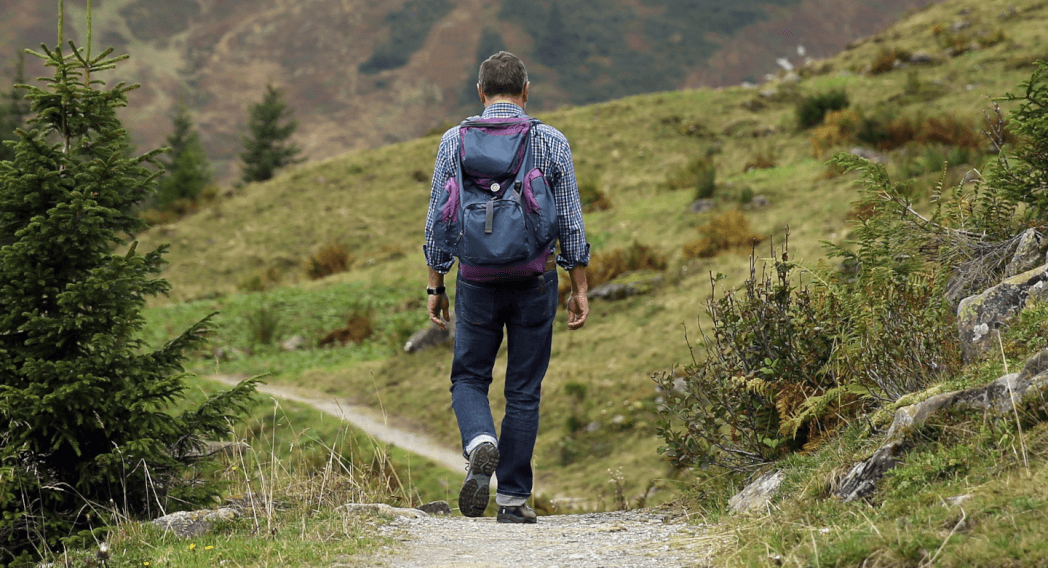
Trekking is a physically demanding activity, and selecting the right trek for your BMI ensures you don’t overexert yourself. Understanding your BMI can help you choose treks that align with your fitness level, so you can enjoy the experience while staying safe.
Light Trekking: Best for those with a Body Mass Index within the normal range (18.5-24.9). These treks are usually shorter and easier, with relatively flat or well-maintained trails.
Moderate Trekking: Suitable for those who are slightly overweight (BMI 25-29.9) but still in good health. These treks may have some elevation gain and steeper sections, but they are not extremely strenuous.
Challenging Trekking: Ideal for individuals with a Body Mass Index on the lower end of the normal range or athletes (BMI 18.5-22). These treks involve more difficult terrain, higher altitudes, and longer days of hiking.
How to Match Your BMI with the Right Trek
Light Treks (BMI in the normal range, 18.5-24.9): If you’re in the normal weight range and relatively fit, you can enjoy lighter treks such as Triund, Dayara Bugyal, etc
Moderate Treks (Slightly overweight, BMI 25-29.9): If you are in this BMI range, treks with moderate terrains, such as Kedarkantha, and Valley of Flowers would be great choices, as they offer a physical challenge without being overwhelming.
Challenging Treks (Low-normal BMI, 18.5-22): Athletes or individuals on the lower end of the normal BMI scale might excel in more physically demanding treks like the Everest Base Camp trek and ABC trek. These treks demand high endurance and stamina, and those with a leaner body composition may find it easier to handle the physical challenges.
How to Improve Your BMI for Trekking
For Those with a High BMI (Overweight):

Diet Changes: Eat more fruits, vegetables, and whole grains. Cut back on junk food and sugary drinks.
Exercise: Try regular workouts like walking, jogging, or cycling to help lose weight and improve fitness.
Trekking Training: Practice walking or hiking on different terrains to get your body ready for a trek.
For Those with a Low BMI (Underweight):

Eat More: Focus on healthy, calorie-dense foods like nuts, seeds, avocado, and protein-rich meals.
Build Muscle: Include strength training (like weight lifting) to help increase muscle mass and improve strength for trekking.
Limitations of Using BMI Alone
What BMI Doesn’t Show: Body Mass Index doesn’t tell you everything about your health. It doesn’t consider muscle mass or how fit you are overall.
Other Important Fitness Factors:
Body Fat Percentage: Knowing how much body fat you have can give a better picture of your health.
Strength: How strong your muscles are affects how well you can handle a trek.
Cardiovascular Health: Good heart and lung health is important for stamina during a trek.
Conclusion
Understanding your BMI is key to choosing the right trek. It helps you assess your fitness level, ensures you pick a trek that matches your abilities, and reduces the risk of injury. Before planning your next trek, check your BMI and use it as a guide to select a trek that suits you. Remember, improving your fitness for trekking is a balanced process—focus on nutrition, exercise, and building strength for a safe and enjoyable adventure.
References
News-Medical. (2023, January 23). What is Body Mass Index (BMI)?
Calculate your BMI – Standard BMI calculator. (n.d.).
Chatswood Medical & Dental Centre. (2020, October 23). The importance of knowing your Body Mass Index (BMI) |
Frequently Asked Questions (FAQs) on the Importance of BMI for choosing a trek
What is BMI, and how is it calculated?
BMI (Body Mass Index) is a measure used to assess whether a person has a healthy body weight. It is calculated by dividing your weight (in kilograms) by your height (in meters) squared.
Why is BMI important for trekking?
BMI helps determine if you’re in a healthy weight range, which affects your stamina, endurance, and risk of injury during treks. It also influences how well you’ll adapt to different altitudes and terrains.
What is considered a healthy BMI for trekking?
A BMI between 18.5 and 24.9 is generally considered healthy. This range indicates good physical fitness, which is important for handling the physical demands of trekking.
Can I still go trekking if my BMI is higher than normal?
Yes, but if your BMI is higher than the normal range, it may increase your risk of joint strain and injury. It’s important to prepare your body through proper exercise and training to ensure you’re physically fit for the trek.
What are the risks of trekking with a low BMI?
A low BMI can lead to reduced muscle mass and stamina, making it harder to carry a backpack or endure long treks. It may also increase your susceptibility to altitude sickness.
Can I improve my BMI before a trek?
Yes! You can improve your BMI by following a balanced diet and regular exercise program, including cardio for weight loss or strength training for building muscle mass.
Does BMI alone determine if I’m fit for trekking?
No, BMI is just one indicator. Other factors like muscle strength, cardiovascular health, and overall fitness also play a crucial role in trekking ability.
How can I stay healthy and fit for trekking?
Eat a balanced diet, engage in regular exercise (especially hiking or walking), and build strength through muscle training to improve your fitness for trekking.
Are there any other ways to assess my fitness for trekking?
In addition to BMI, you can assess your fitness by checking your endurance, flexibility, and strength. A fitness test, such as hiking a trail or doing cardio workouts, can also help gauge your readiness for a trek.

